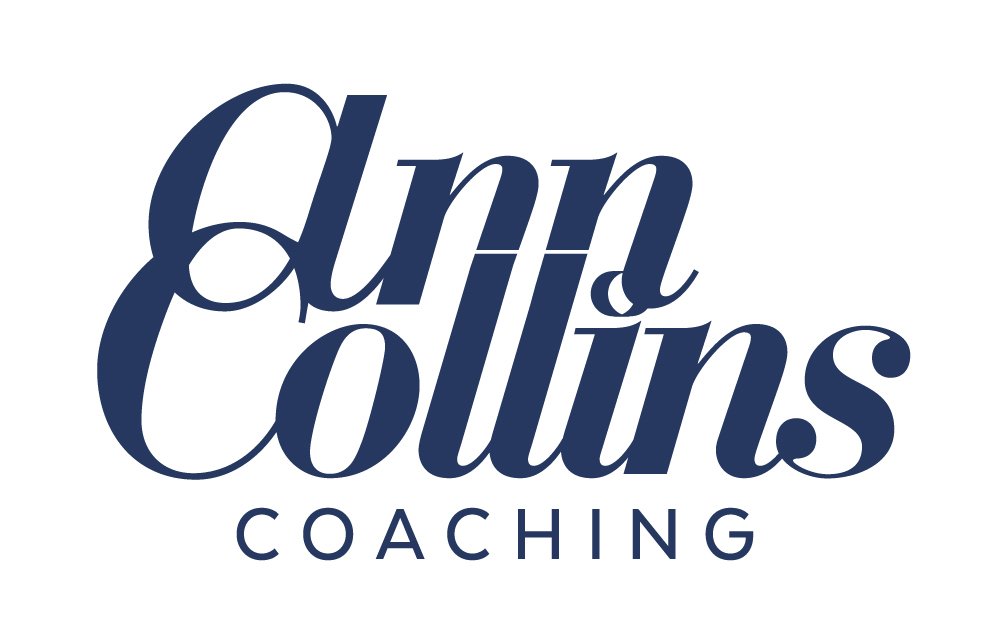Creating change, creating habits: using the subconscious mind
January 24th, 2022
Ann Collins
A huge 95% of our behaviour is driven by our habits or our subconscious, leaving only 5% to our self-control. So many of our daily actions and responses are automatic. This makes sense, otherwise we would be exhausted if we had to decide to breathe!
When we wish to make changes to our behaviour, we engage our willpower, “forcing” ourselves to create new habits. Turning down that extra portion of dessert when you don’t really need it, is an example that resonates with me!
Ideally, we need to embed new habits into our everyday thinking and doing, thereby making our likelihood of success very much higher.
Four steps to create new habits:
1. Be ready for change
2. Override the old habits
3. Repeat the actions intentionally
4. Connect to the change
Step 1: Are you ready for change?
Checking your desire for change is a step that many forget. Taking a bit of time to reflect on the goal beyond that habit can help to refine the change, making it more relevant to the underlying desire.
Do you want this change? Are you ready for the consequences? Are you waiting for the “perfect moment”? If you are waiting for the perfect moment, it is worth spending time uncovering what is stopping you from starting.
Going back to thinking about your purpose and values is a very valuable exercise here. You might find this podcast episode Creating change, creating habits: using the subconscious mind, a useful resource.
Step 2: Create new habits that override the old
Undoing habits is difficult - by their very nature they are engrained and automatic, which is why I encourage my clients to create new ones.
Being very precise about the new habit is important too. For example, “Get fitter” will probably have less success than “do a 30-minute walk 5 times a week before work”. We can visualise it easily and celebrate it.
Getting started is common hurdle and creating a visual “nudge” can help. To remind myself to get up and do early morning yoga, I created a visual nudge: my yoga kit is on the floor next to my bed! It works! Of course, I must remember to put it there and that also sets the intention for me the night before. It’s another mini nudge. One client of mine wanted to get into the habit of going for a run at the end of the day to create a boundary between working from home and the evening with his family, so he placed his trainers at the door of his study after lunch which created the visual nudge that he needed in the evening to get his kit and go.
Simply announcing your habit to friends or family or your coach and creating an accountability system for yourself can embed the intention and you can enlist support. Using an app or a tracker or simply noting your progress in a diary can work too. Keep it simple.
Step 3: Repeat actions intentionally to create new neural pathways
Neuroscientists have been studying how we can change our behaviour and in very simple terms, they have shown that our behaviour and habits create neural pathways. Repetition reinforces these pathways and makes them become automatic and that is what we are aiming to create. Reading this article, you’re unlikely to be thinking about how to decode the words – it has become automatic to you and therefore easy. New actions create new pathways and to become automatic, they require practice.
How do neuroscientists suggest that we do this?
Step 4: Connect your new behaviour to your senses and positive emotions
By visualising and connecting this new behaviour to as many different senses as possible, we can anchor in the change. By visualising what you are seeing/hearing/touching and paying attention to positive emotions that are provoked, we can fast-track the connection that our brain needs. Neuroscientists say that a change of habit takes typically 3-6 months so keeping up this connection is important.
Neuropsychologist, Rick Hanson, tells us that our brains are unfortunately hardwired to remember the negative! Armed with this, we need to make a deliberate effort to integrate the positive experiences and commit them to our memories. Writing them down and sharing the successes can all help.
If it’s so easy, why is it so hard?
The above steps assume that we have worked through perhaps the most important question of all: what’s stopping you from changing? Working through the thoughts, limiting beliefs and silencing the inner critic and cultivating the mindset that you need will help you cross that all important line of starting.
If you are interested in finding out how to work with me either for yourself or your organisation: www.anncollinscoaching.com or book a call.
Tune in to our podcast: Leaders Who Love What They Do

